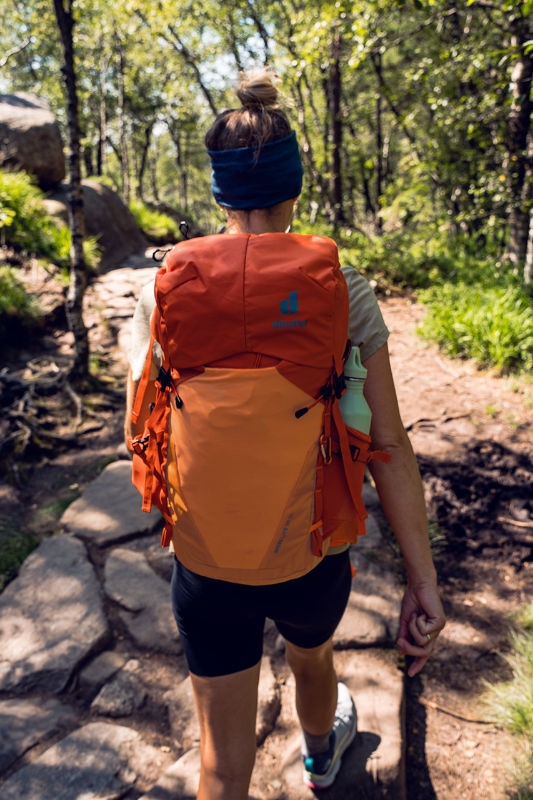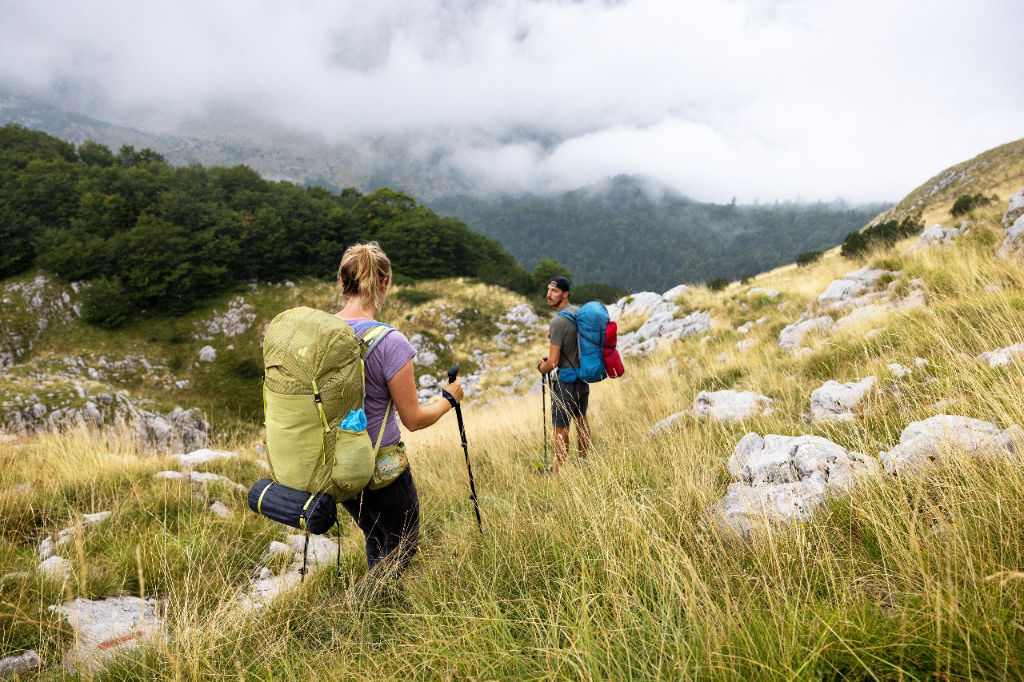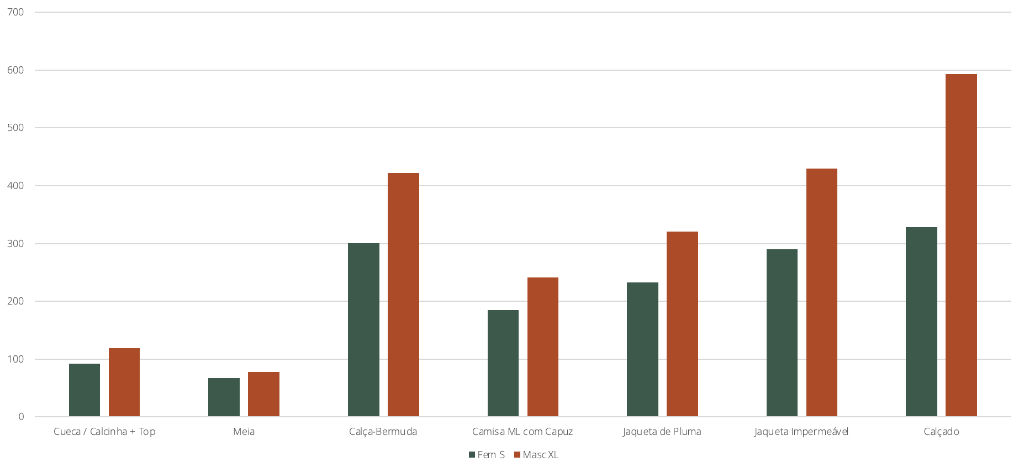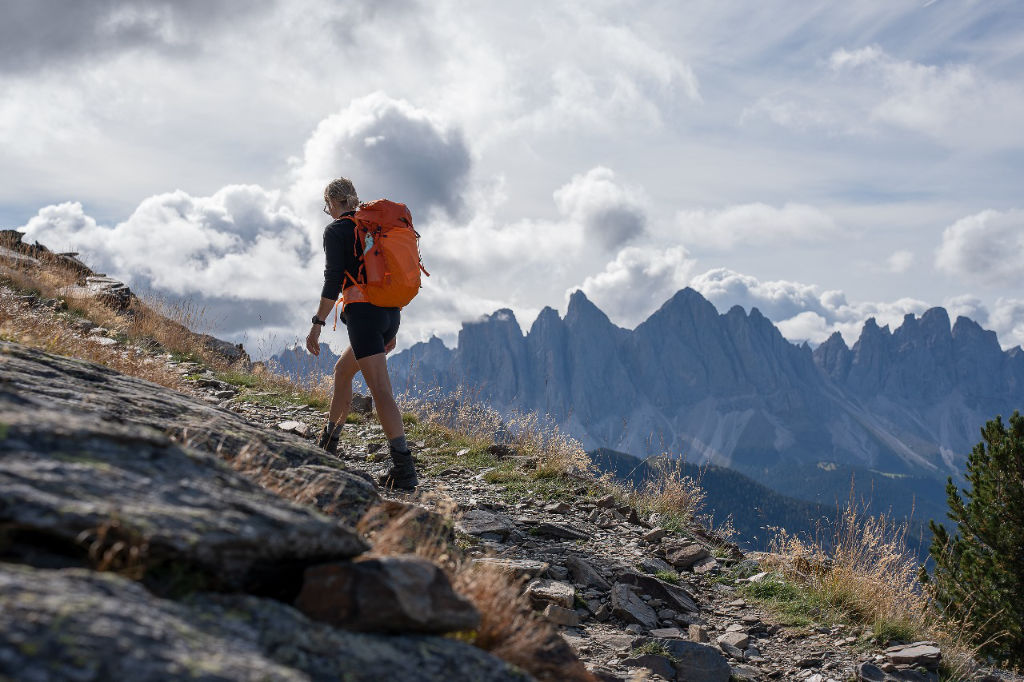When it comes to trekking, especially in the Trekking Light and Ultralight Trekking styles, many enthusiasts cling to predefined concepts and numbers, such as the concept of “base weight,” often without considering individual needs and differences.
The importance of trekking with less weight is evident. A lighter backpack can mean greater comfort, less physical strain, and an overall more pleasant experience. However, this pursuit of lightness must be approached with care and discernment.
It is essential to consider safety aspects related to the location where the activity will take place, the time of year, weather conditions, and expected temperature. The attempt to reduce backpack weight should never compromise safety or well-being.
In this article, I will explore this topic and highlight the importance of a more personalized approach.

Understanding the Different Types of Weight
To begin, it is essential to understand the different types of weight involved in trekking:
- Base Weight: The weight of the backpack with all equipment, excluding consumables. Unlike Consumables, Base Weight does not vary over time.
- Consumable Weight: Includes food, water, and fuel that will be consumed throughout the hike. It’s important to remember that during a long activity requiring resupply, the weight of these items decreases over time as they are consumed, and at a certain point, it increases again.
- Pack Weight: The sum of Base Weight and Consumable Weight.
- Worn Weight: The weight of what is worn on the body, such as clothing, hat, watch, etc.
- Total Weight: The sum of Pack Weight and Worn Weight.
Trekking Classification by Base Weight
Now that we’ve discussed the different types of weight, let’s understand how Base Weight helps us classify the type of trekking we’re practicing. In the United States, specific Base Weight values were defined for different trekking categories, as shown in the chart below:

These values are general guidelines, but it’s essential to remember that each person should adapt these numbers to their specific needs and conditions. In other words, there’s no point in trying to reach a 4.54 kg Base Weight just to feel like an UltraLight Trekker.
We all aim to have the lightest backpack possible, but there are many aspects to consider.

Individual Differences Matter
People differ in body size and needs, which directly affects backpack weight and volume. For example, let’s consider clothing and footwear:
- I wear men’s size XL clothing, while my wife wears women’s size S. The same clothing, from the same brands and models, has significantly different weights and volumes. On average, my clothes are 47% heavier than hers. The chart below shows a comparison between our clothing and footwear. This demonstrates that no matter how much I try, I’ll never reach the same Base Weight as my wife.

- The sleeping bag can also show a significant difference in weight and volume. This time, I’ll compare it with my son’s sleeping bag. I’m 1.92 m tall and he’s 1.70 m. Therefore, my sleeping bag is larger, and consequently, heavier and bulkier. On the other hand, although my wife is shorter, at 1.62 m, she is more sensitive to cold. Her sleeping bag is smaller, in size, but has more insulation, making it bulkier and heavier.
In addition to physical differences, health needs also affect backpack weight:
- I need to take certain supplements and vitamins daily. On a hike such as the Camino de Santiago, which I walked for 35 days, this represented an extra 960 g of consumables when leaving home, since I carried everything I needed for the entire trek. (In this case, we’re talking about Multi-Day Hiking, not Trekking, but the concept applies the same way.)
- Also on the Camino de Santiago, I met people who needed to carry a CPAP, an essential device for those suffering from severe sleep apnea, adding extra weight to their backpacks. That means that even if these people used exactly the same gear, their Base Weight would still be higher than mine.
Personalizing the Approach
The central idea of this article is to demystify the notion that there’s a standard weight and volume everyone should follow. While it’s undeniable that a lighter backpack is generally better, it’s crucial to adapt recommendations to individual needs sensibly. Some tips for a personalized approach include:
- Assess your needs: consider your body size, health requirements, sensitivity to cold, and other personal factors.
- Adapt your gear: choose equipment that meets your specific needs, even if it means carrying slightly more weight.
- Plan flexibly: be ready to adjust your backpack weight based on hike duration, weather conditions, and general environment.
- Focus on comfort and safety: prioritize items that ensure your comfort and safety, even if they increase base weight.

The Influence of Gear on Base Weight
The type and quality of equipment also significantly influence base weight. Choosing lighter gear, such as ultralight tents, compact sleeping bags, and backpacks made from lightweight materials, can help reduce overall weight without compromising functionality or safety. However, the type of activity directly impacts gear selection.
If you’re going to do a high-altitude trek, it won’t be possible to use an ultralight tent or a tarp. The tent will inevitably be heavier due to harsher weather conditions. Additionally, the entire sleep system (sleeping bag, sleeping pad, and possibly a liner and pillow) will be heavier compared to equipment used in milder climates.
For comparison, two sleeping bags of the same model — the Spark by Sea to Summit — have very different weights depending on their temperature ratings. The Spark +7 ºC, with a Limit Temperature of +7 ºC, weighs 363 g, while the Spark -18 ºC, with a Limit Temperature of -18 ºC, weighs 1,113 g.

In other words, if I’m going to a place with very low temperatures or if I’m more sensitive to cold, my sleeping bag will inevitably be heavier than that of someone less sensitive camping in a milder climate.
This type of reasoning is essential when choosing your gear — it prevents you from focusing solely on weight and helps you ensure that the gear’s features are compatible with your actual needs.
Conclusion
When planning your trekking backpack, it’s essential to think beyond predefined numbers and consider your individual needs. A more personalized and coherent approach will not only enhance your experience but also ensure your safety and comfort throughout the journey. Remember, every gram counts — but every person is unique!
Did you like the article? Leave your comment below and share your experiences and tips on how to adapt your backpack weight to your personal needs!
This post is also available in: Português (Portuguese (Brazil)) Español (Spanish)
